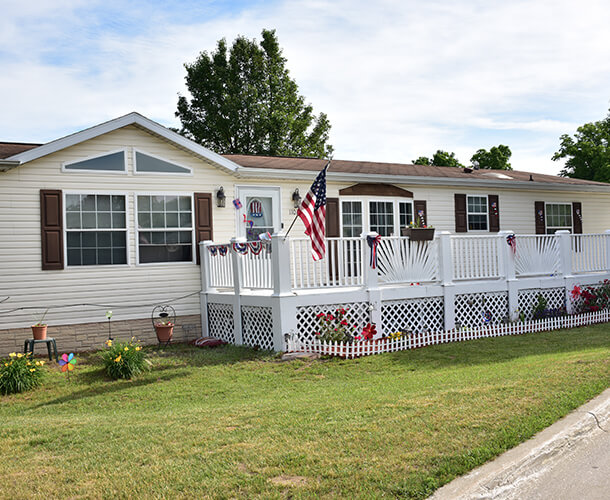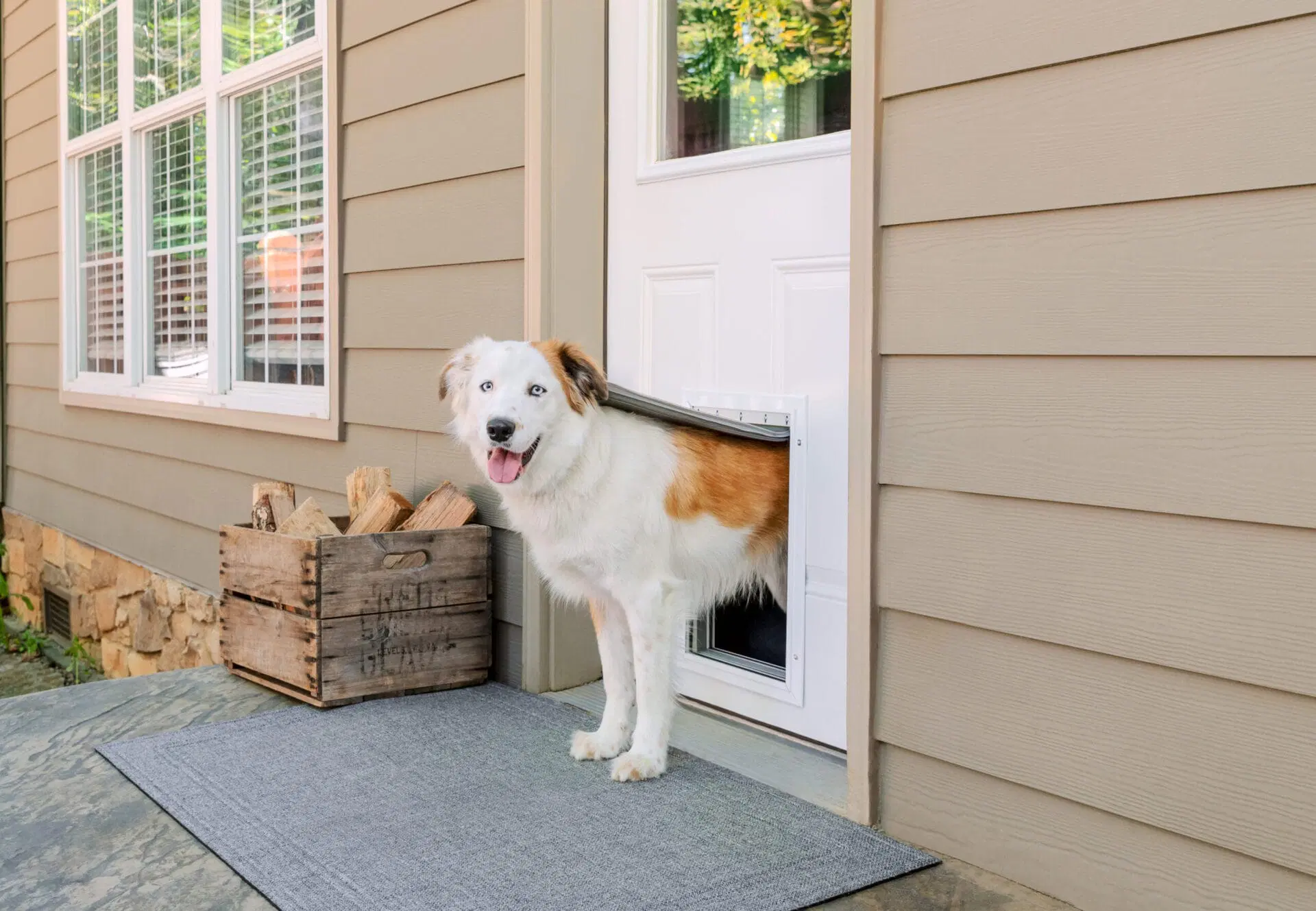Hobbit houses, inspired by the fictional homes from J.R.R. Tolkien’s The Lord of the Rings and The Hobbit, have become a symbol of cozy, sustainable living. These unique homes, with their earth-sheltered designs and whimsical charm, offer a blend of functionality and fantasy. Over the past few decades, hobbit houses have moved beyond the pages of fiction and into the real world, becoming a popular choice for eco-conscious individuals seeking alternative, green housing options. Whether you’re interested in building your own hobbit house or simply fascinated by their allure, this article explores the appeal, design principles, and practical benefits of hobbit houses. Discover why these homes have captured the imagination of so many and how they offer a sustainable living solution for the future.
What Are Hobbit Houses?
Hobbit houses, often referred to as “earth homes” or “underground homes,” are residences designed to blend harmoniously with the natural environment. These homes are typically built into hillsides or use earthen mounds to create a roof that is covered in grass or other vegetation. The result is a structure that appears to be part of the landscape itself—creating a seamless connection between architecture and nature. Their distinctive features include round doorways, thick stone walls, and organic materials like wood and clay.
Why Are Hobbit Houses So Popular?
The appeal of hobbit houses goes beyond their aesthetic charm. Here are some reasons why people are drawn to them:
- Sustainability: Hobbit houses are an excellent example of eco-friendly architecture. By utilizing earth materials and natural insulation, these homes maintain a low environmental footprint.
- Energy Efficiency: Earth-sheltered homes have excellent thermal insulation properties, keeping them cool in summer and warm in winter with minimal energy use.
- Cost-Effectiveness: While the initial cost of building a hobbit house can be higher due to the unique construction methods, long-term savings on energy bills make them a smart investment.
- Connection to Nature: Many people love the idea of living closer to nature, and hobbit houses are an ideal way to do this while maintaining a comfortable, modern lifestyle.
The Design Elements of Hobbit Houses
Hobbit houses are characterized by several distinctive design features. Here are the key elements that define these charming, eco-friendly homes:
1. Earth-Sheltered Construction
One of the defining features of a hobbit house is its earth-sheltered design. The structure is typically built into the side of a hill, with earth covering much of the roof. This natural insulation helps regulate temperature, keeping the home cool in summer and warm in winter. The thick earth walls also provide soundproofing, making these homes incredibly quiet and peaceful.
2. Round Doorways and Windows
Inspired by Tolkien’s description of hobbit homes, these houses often feature rounded doors and windows, adding to their whimsical, fairy-tale appearance. These curved shapes not only enhance the aesthetic appeal but also help to increase the strength of the structure. The round design minimizes the potential for cracks and can better withstand the forces of nature.
3. Natural Materials
Hobbit houses are typically constructed using materials that blend well with the surrounding environment. Stone, wood, clay, and straw are commonly used for walls, floors, and roofing. These materials are not only sustainable but also help to create a natural, rustic feel inside the home.
4. Green Roofs
A key feature of hobbit houses is their green roofs, which are often covered with grasses, plants, and flowers. These roofs help to insulate the house, provide additional aesthetic value, and support local biodiversity. Green roofs also contribute to stormwater management, as they absorb rainwater and reduce runoff.
5. Small, Cozy Spaces
Hobbit houses are typically smaller than traditional homes, reflecting the need for simplicity and sustainability. They are designed to maximize space efficiency, often featuring open-plan living areas, cozy nooks, and multifunctional furniture. The idea is to create a comfortable, intimate space that feels connected to the natural world.
Benefits of Living in a Hobbit House
Living in a hobbit house offers numerous advantages, particularly for those seeking a simpler, more sustainable lifestyle.
1. Energy Efficiency
The earth-sheltered design of hobbit houses provides excellent natural insulation, reducing the need for heating and cooling systems. This makes them highly energy-efficient and reduces their carbon footprint. In colder climates, the thermal mass of the earth can help regulate indoor temperatures, while in warmer areas, the earth helps keep the interior cool.
2. Environmental Impact
Building a hobbit house can be an environmentally conscious choice. The use of natural, locally sourced materials and green roofs makes them less resource-intensive compared to traditional homes. Additionally, the earth-sheltered design reduces the need for extensive heating or air conditioning, resulting in lower energy consumption over time.
3. Affordability
While the upfront costs of building a hobbit house may be higher due to the labor-intensive construction process, the long-term savings are significant. Lower energy costs, fewer maintenance needs, and the ability to use sustainable, affordable building materials contribute to a lower overall cost of ownership.
4. Aesthetic Appeal and Connection to Nature
The aesthetic appeal of hobbit houses is undeniable. With their organic design and cozy interiors, these homes offer a sense of escape and tranquility. Many people who choose to live in hobbit houses cite their connection to nature as a major benefit. The integration of the home with the natural environment fosters a sense of peace and harmony that is often lacking in conventional homes.
Building Your Own Hobbit House
For those interested in building a hobbit house, there are a few key considerations to keep in mind:
1. Land Selection
Choosing the right land is crucial for building a hobbit house. Ideally, you’ll want a plot of land with a gentle slope to accommodate the earth-sheltered design. This will allow you to dig into the hill and cover the roof with earth.
2. Permits and Regulations
Before beginning construction, it’s important to check local zoning laws and building codes. Some areas may have restrictions on the type of construction allowed or require specific permits for earth-sheltered homes. Consulting with an architect or builder familiar with alternative construction methods is a good first step.
3. Design and Materials
Working with an architect experienced in sustainable, earth-sheltered homes is essential to ensure that your hobbit house is structurally sound and energy-efficient. The design should take into account factors such as ventilation, moisture control, and access to natural light. Additionally, sourcing eco-friendly materials such as reclaimed wood, stone, and straw bales can help lower costs and reduce environmental impact.
Popular Hobbit House Locations Around the World
Though hobbit houses are most closely associated with the fictional Shire, there are several real-world locations where you can find or even stay in hobbit-style homes:
- Hobbiton, New Zealand: The most famous location associated with hobbit houses is the Hobbiton movie set in Matamata, New Zealand, which was created for Peter Jackson’s The Lord of the Rings and The Hobbit films. Visitors can tour the iconic set and even stay in a hobbit hole.
- The Hobbit House, Wales: This eco-friendly bed-and-breakfast in Pembrokeshire, Wales, offers guests a chance to stay in a hobbit-style home built into the side of a hill.
- Hobbit Houses, United States: In places like Oregon and California, several individuals have built their own hobbit houses, blending their love of Tolkien’s work with a passion for sustainable living.
Conclusion:
Hobbit houses provide a unique and sustainable living option that blends modern functionality with whimsical charm. Whether you’re seeking a cozy retreat or a full-time residence, these earth-sheltered homes offer a way to reduce your environmental impact while enjoying the simple pleasures of life. By incorporating natural materials, energy-efficient designs, and green roofs, hobbit houses are an excellent choice for eco-conscious individuals looking to live in harmony with nature. Would you consider building or staying in a hobbit house? Let us know in the comments!




